Series
Eight tuning forks made by
Dr. Rudolph Koenig
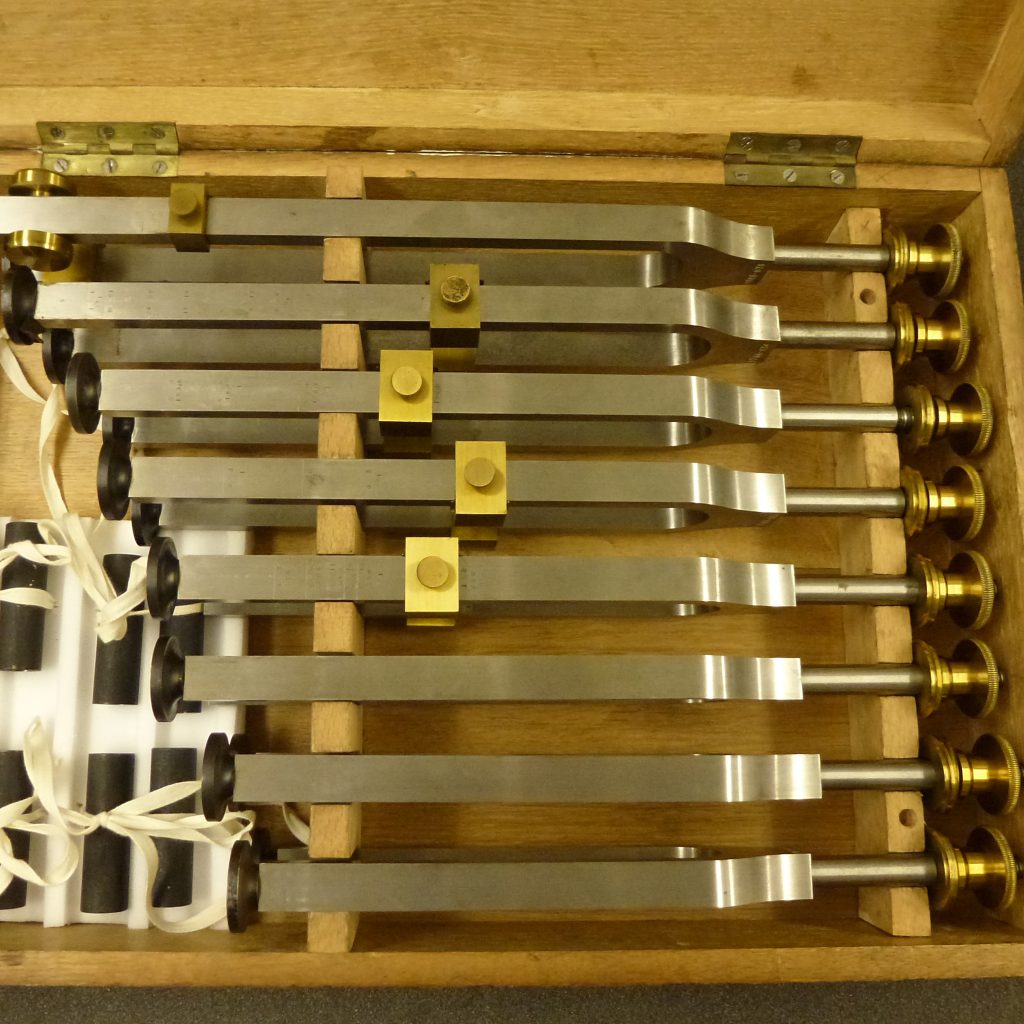
Series Items
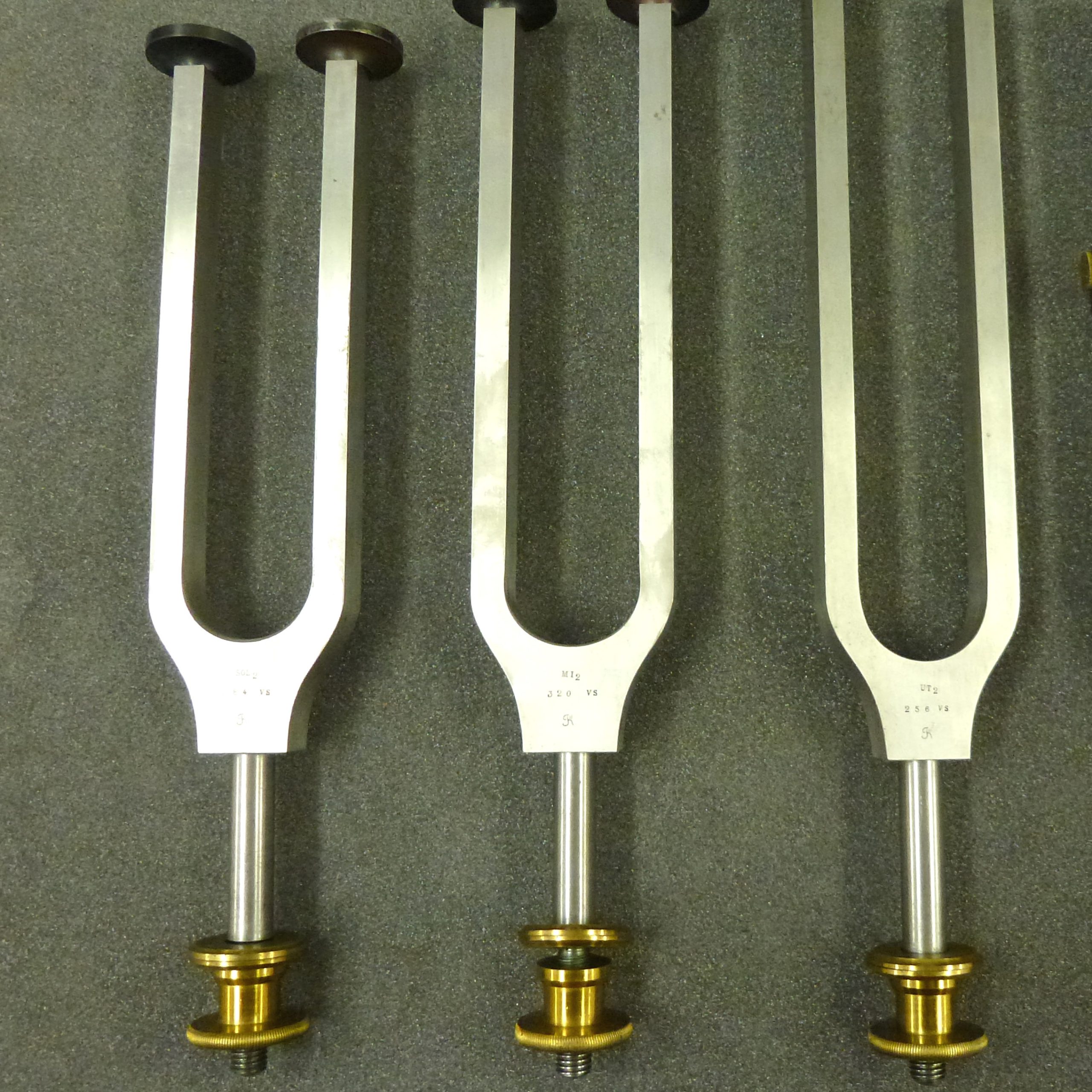
Tuning fork by Dr. R. Koenig: SOL₂ Artefacts
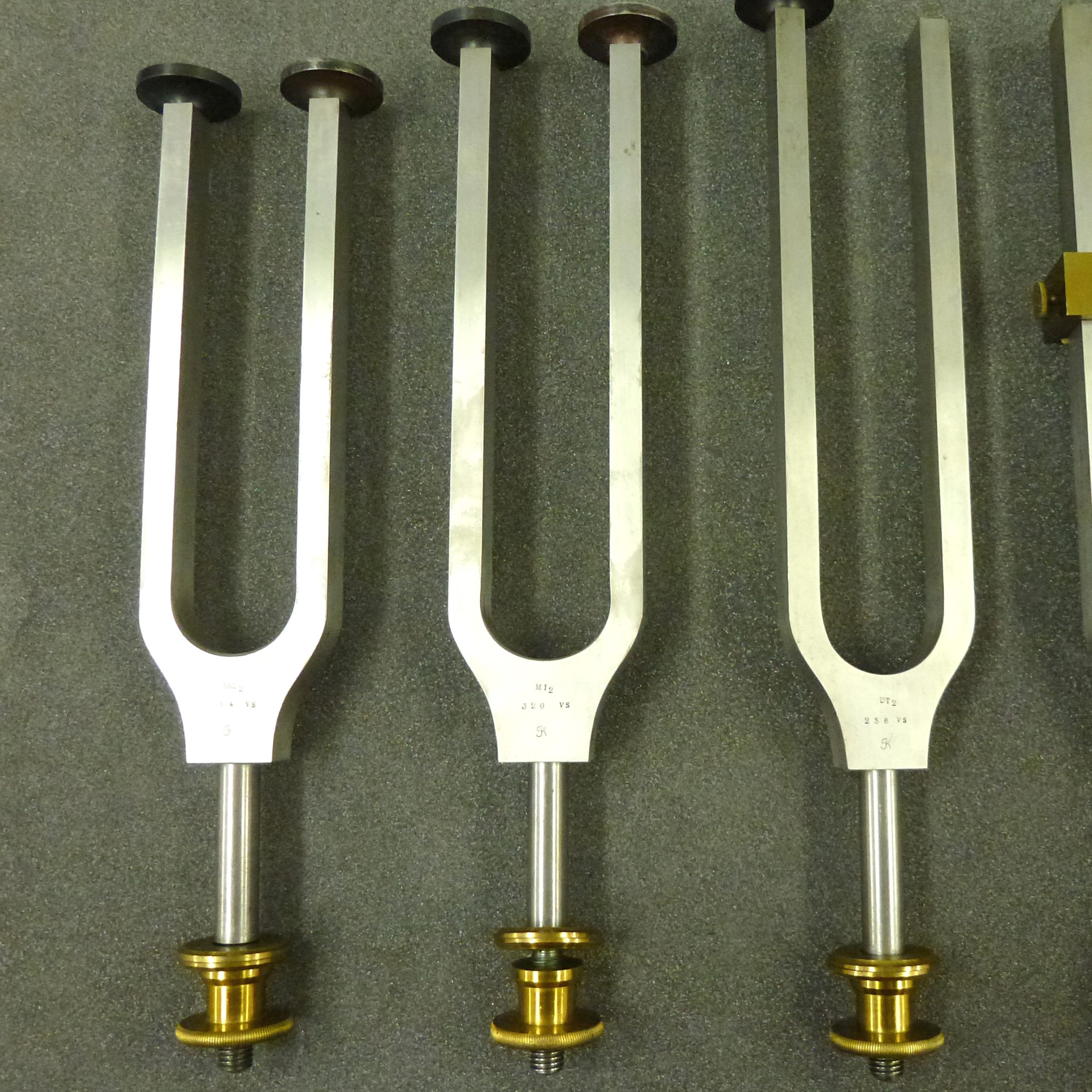
Tuning fork by Dr. R. Koenig: MI₂ Artefacts
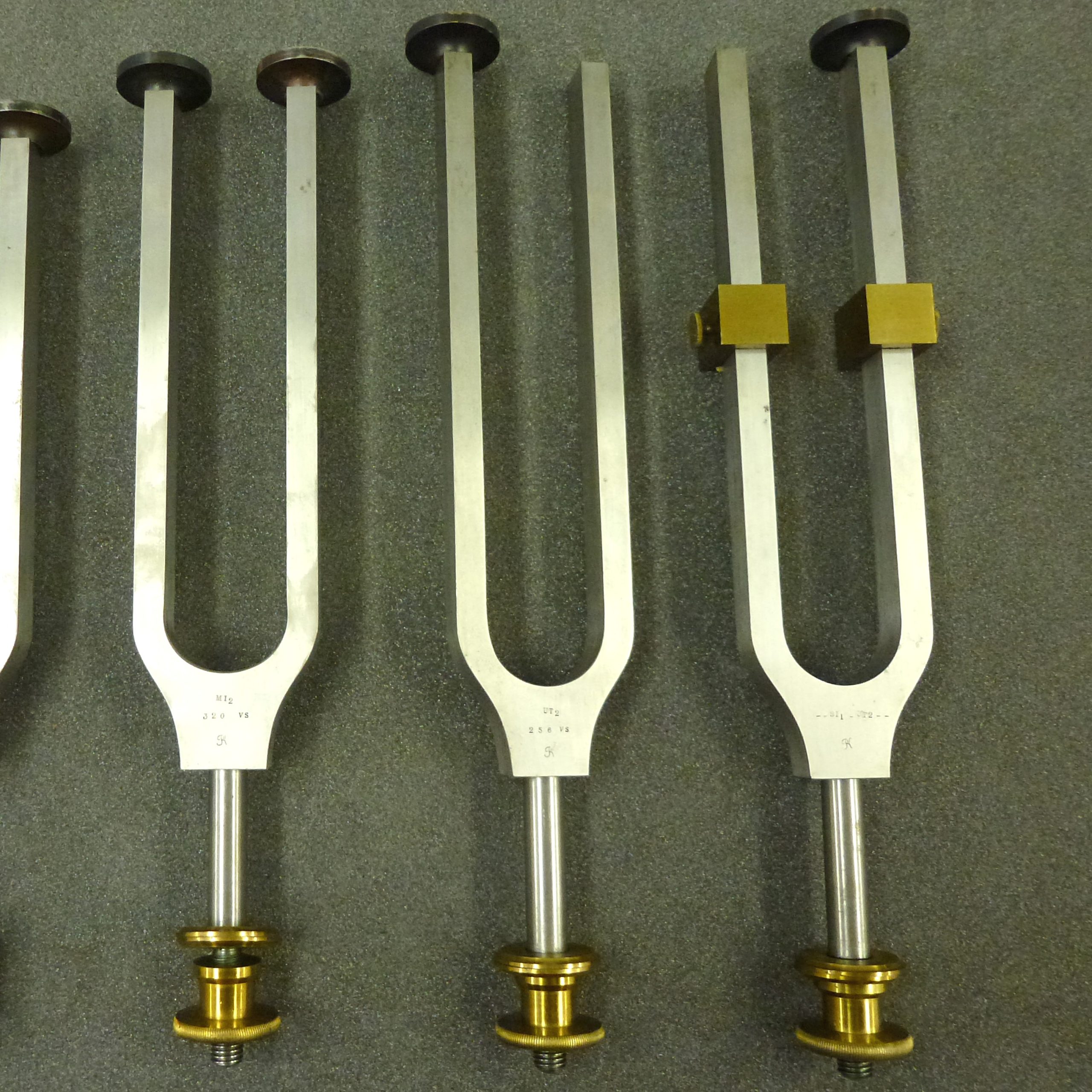
Tuning fork by Dr. R. Koenig: UT₂ Artefacts
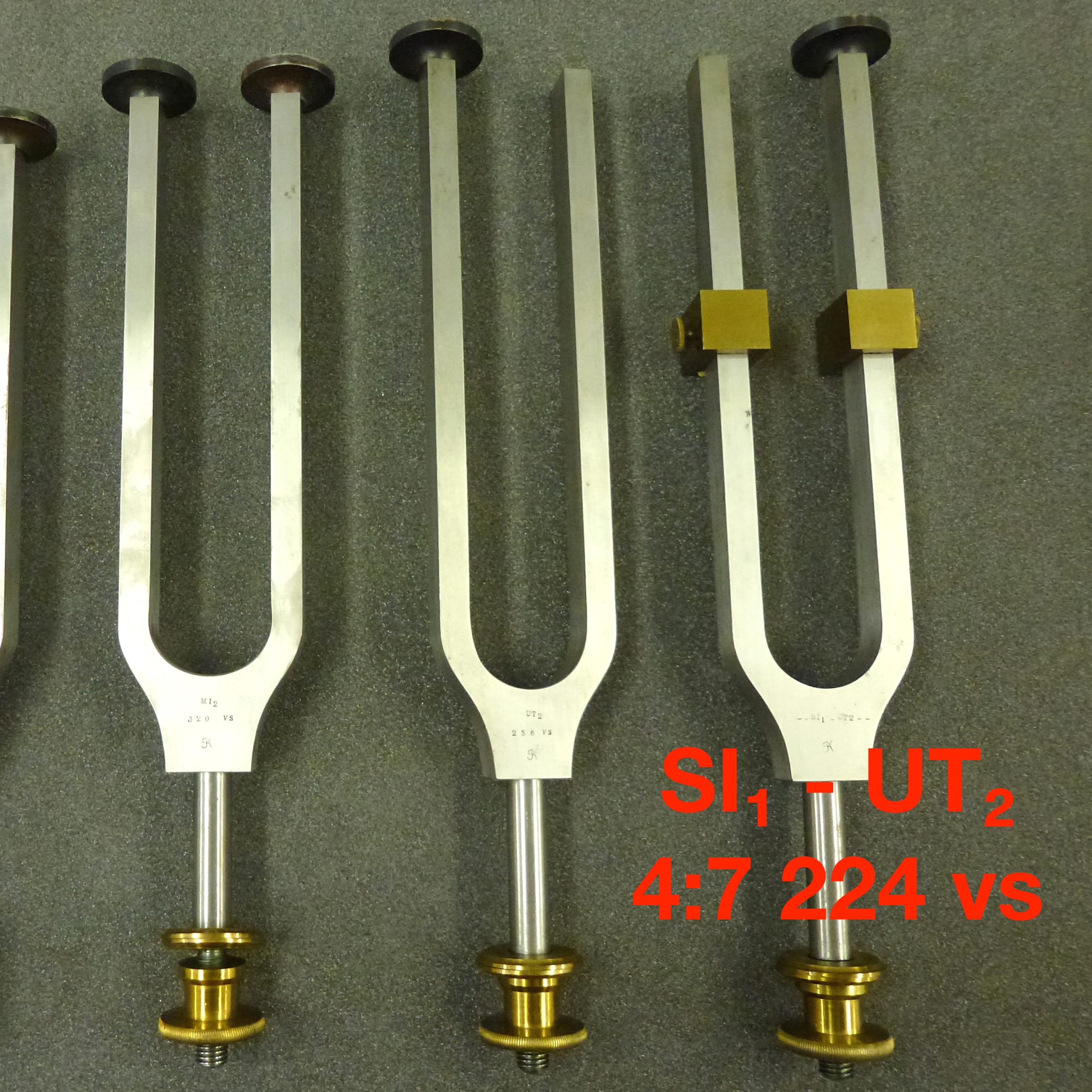
Tuning fork by Dr. R. Koenig: SI₁ – UT₂ 4:7 Artefacts
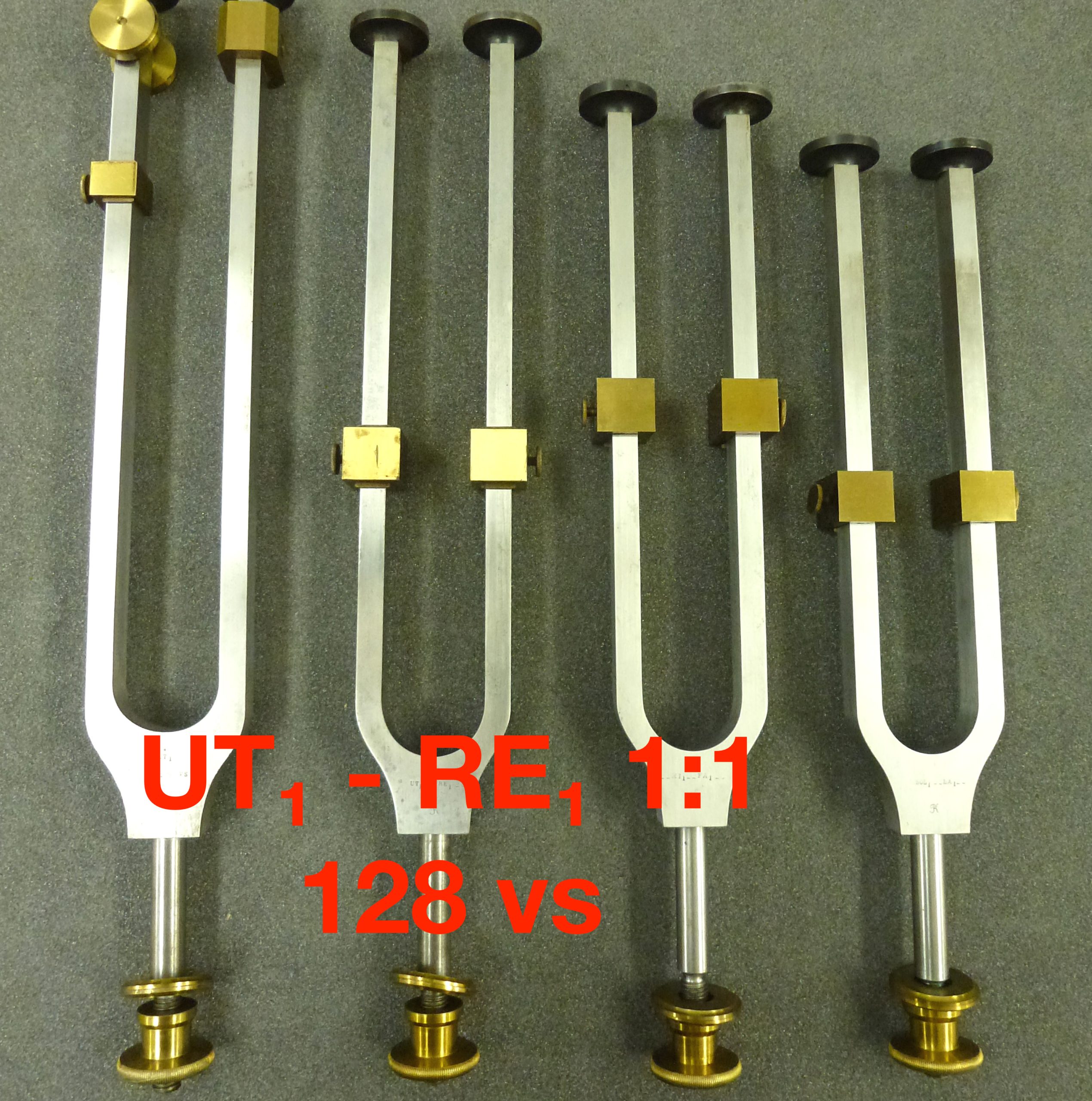
Tuning fork by Dr. R. Koenig: UT₁ – RE₁: 1:1 Artefacts
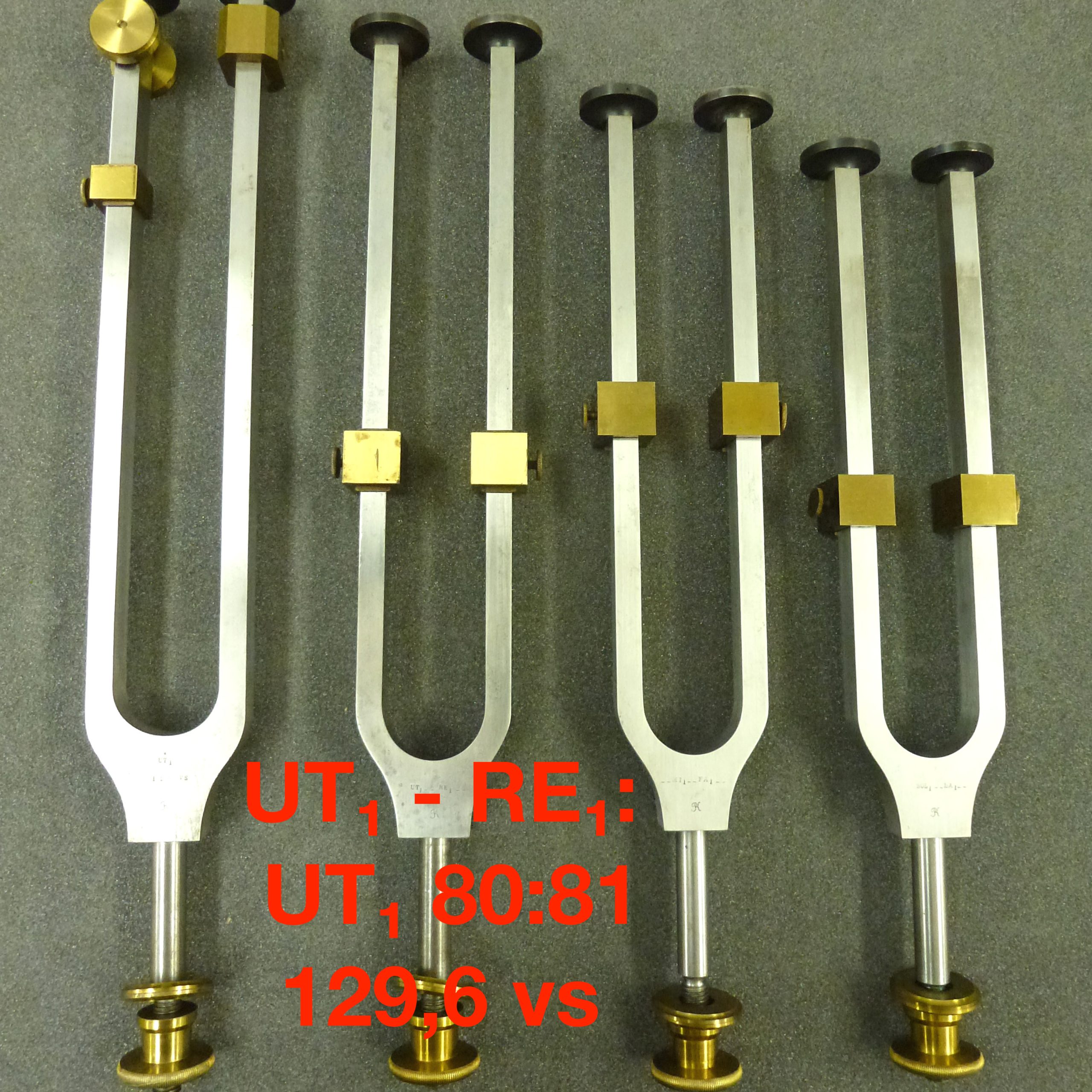
Tuning fork by Dr. R. Koenig: UT₁ – RE₁: UT₁ 80:81 Artefacts
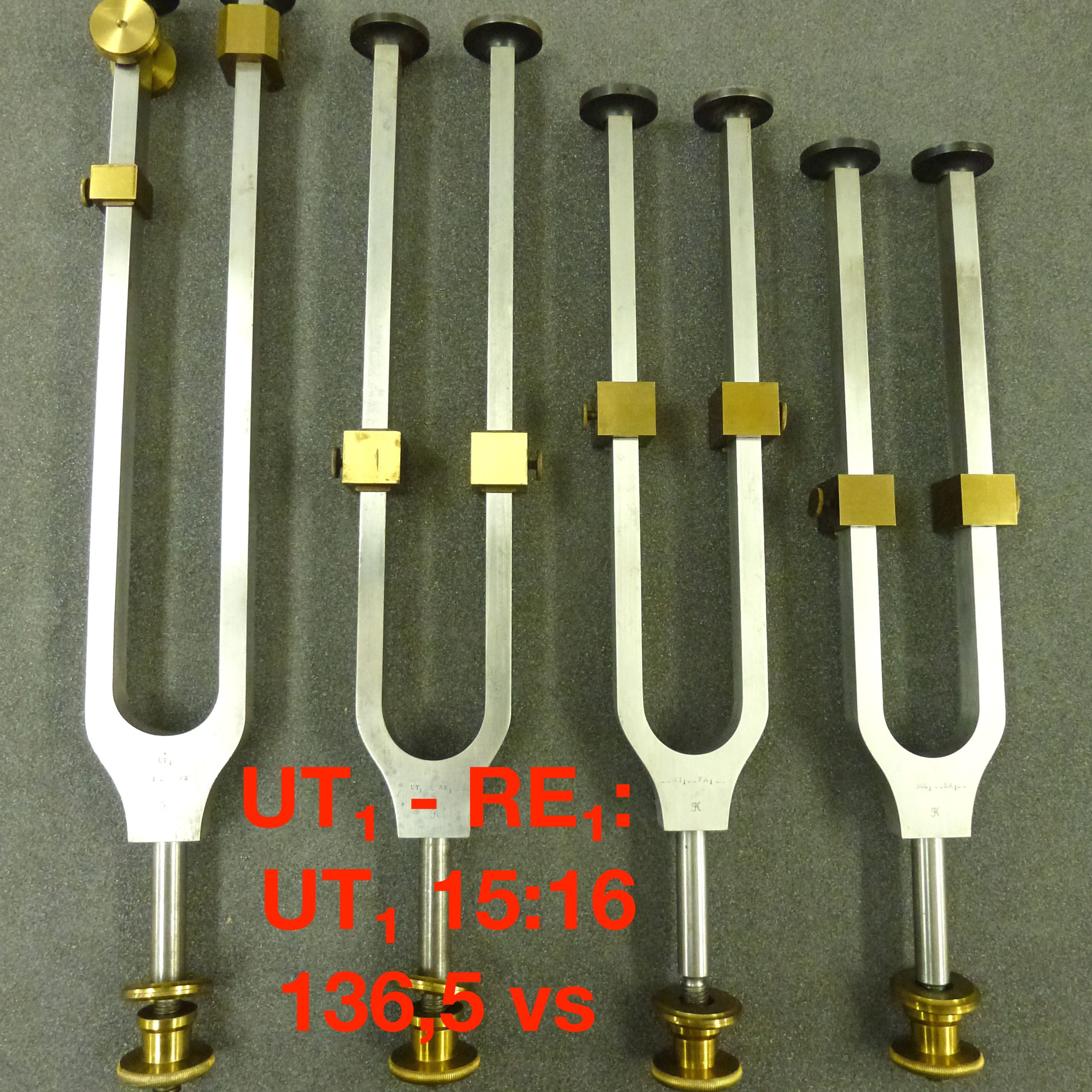
Tuning fork by Dr. R. Koenig: UT₁ – RE₁: UT₁ 15:16 Artefacts
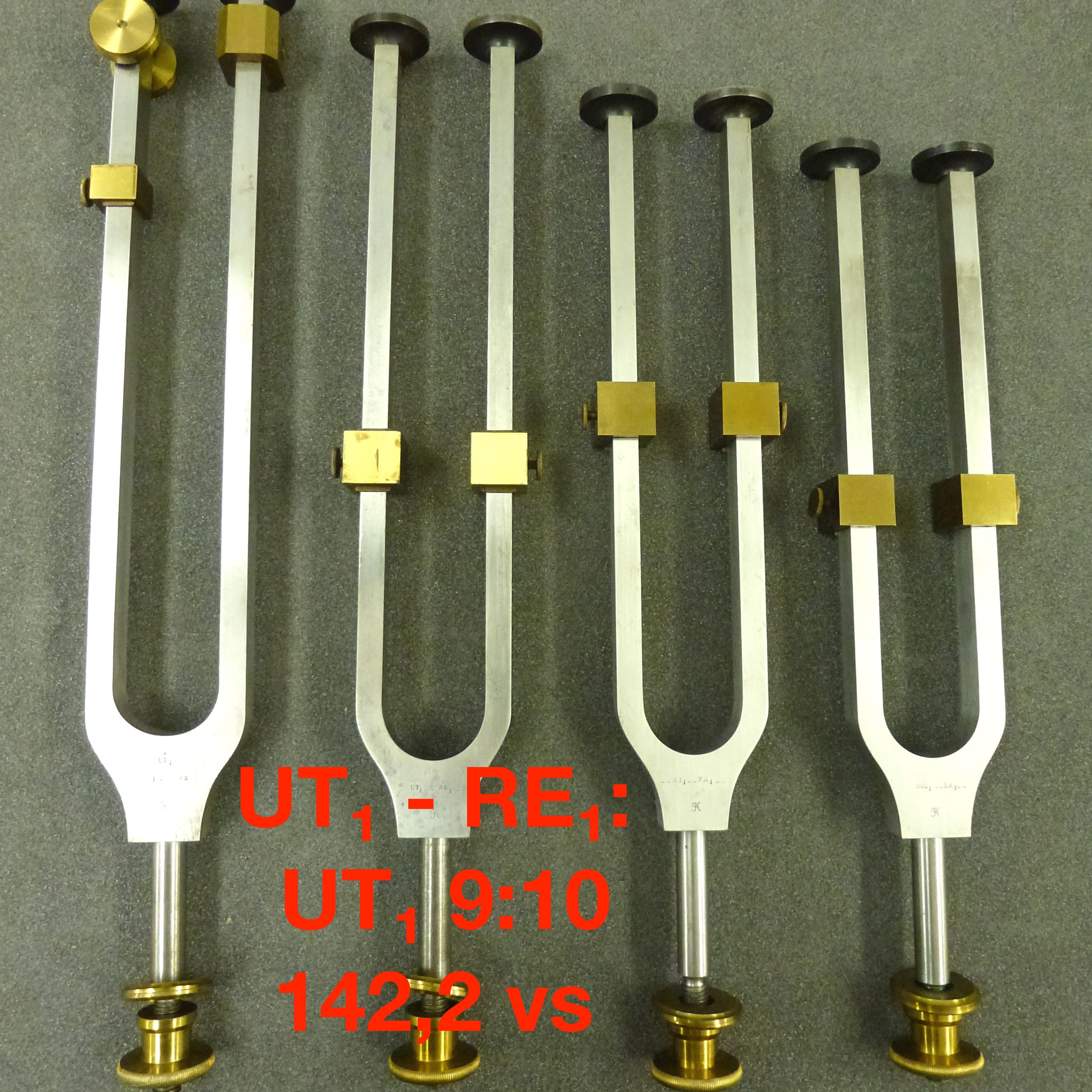
Tuning fork by Dr. R. Koenig: UT₁ – RE₁: UT₁ 9:10 Artefacts
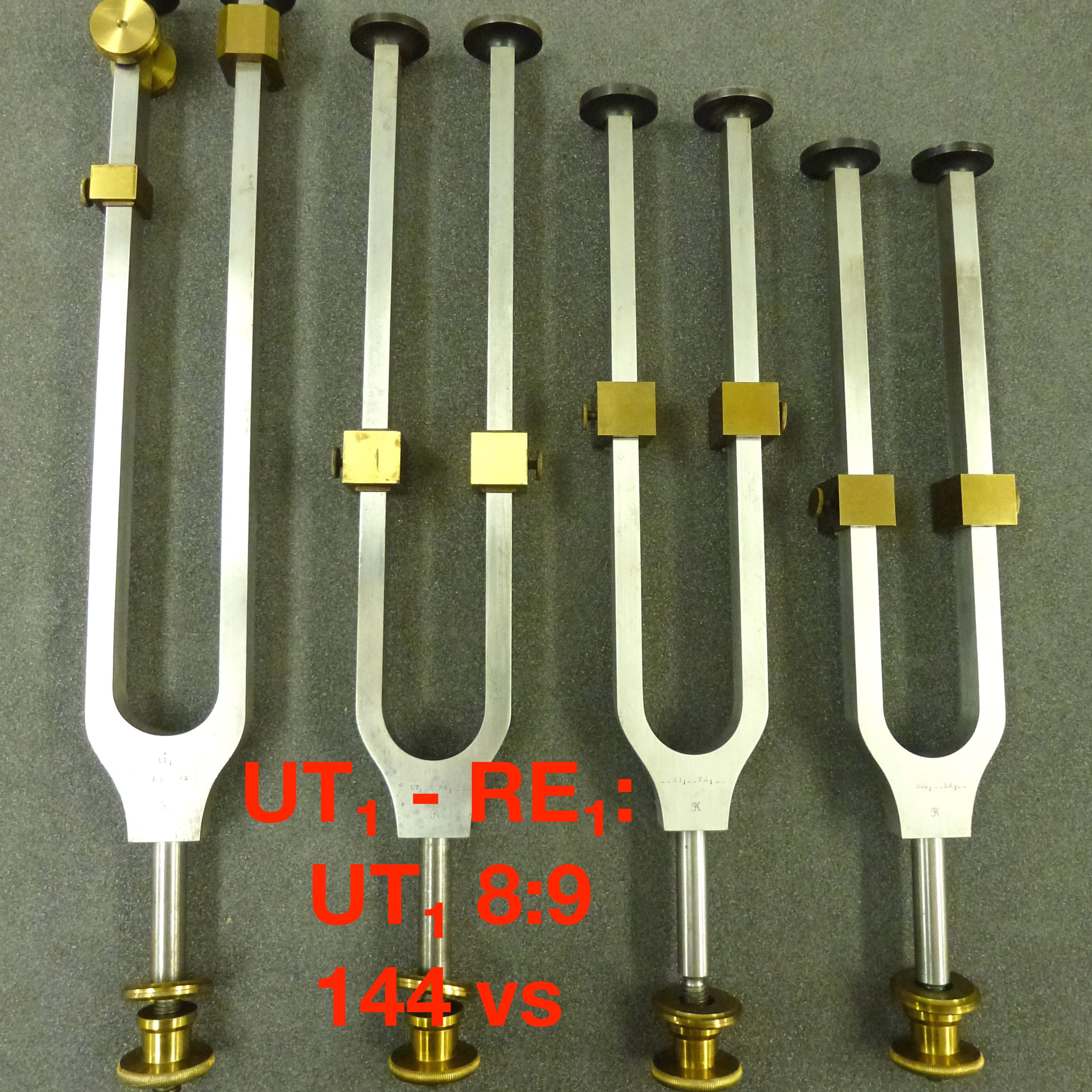
Tuning fork by Dr. R. Koenig: UT₁ – RE₁: UT₁ 8:9 Artefacts
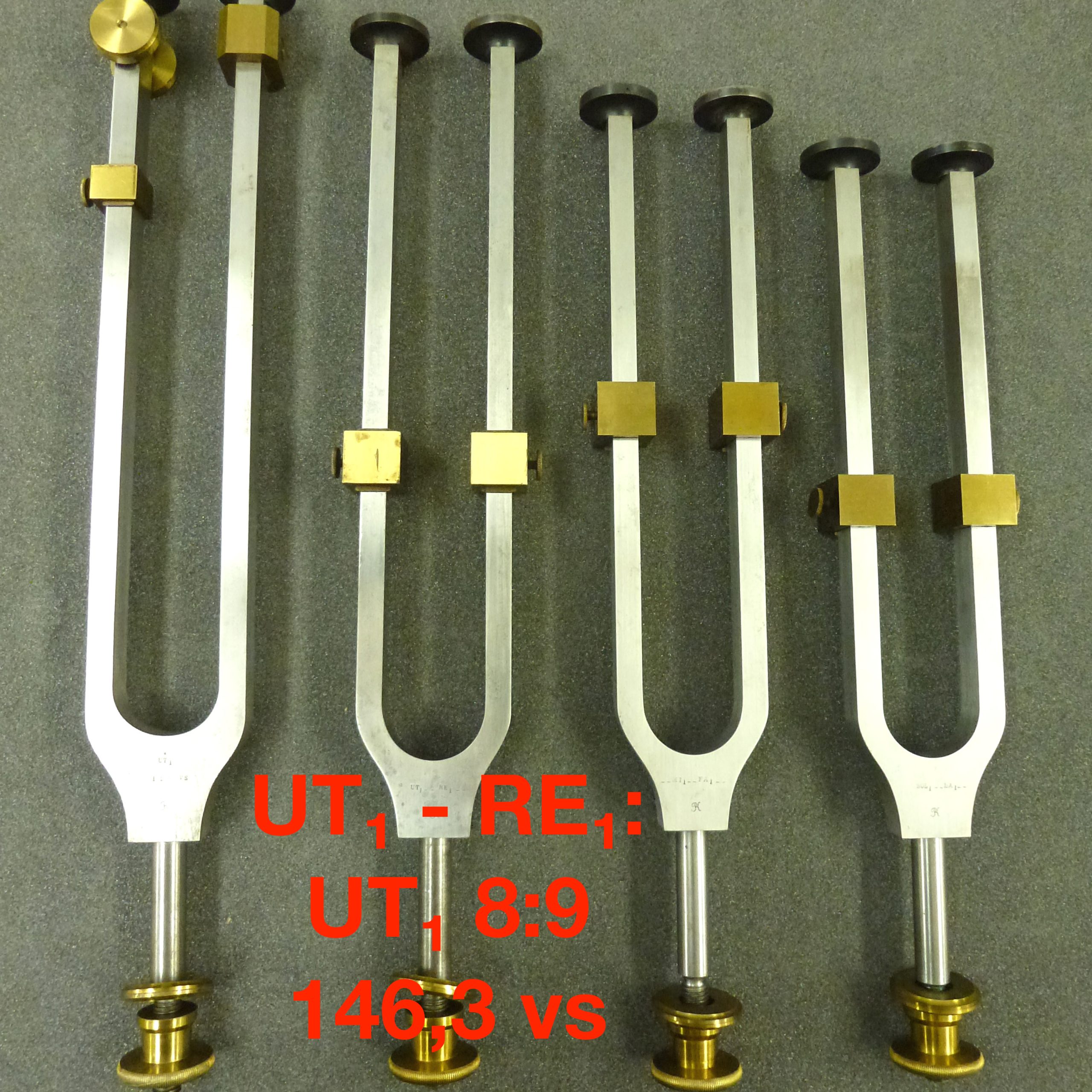
Tuning fork by Dr. R. Koenig: UT₁ – RE₁: RE₁ 7:8 Artefacts

Tuning fork by Dr. R. Koenig: UT₁ – RE₁: RE₁ 6:7 Artefacts
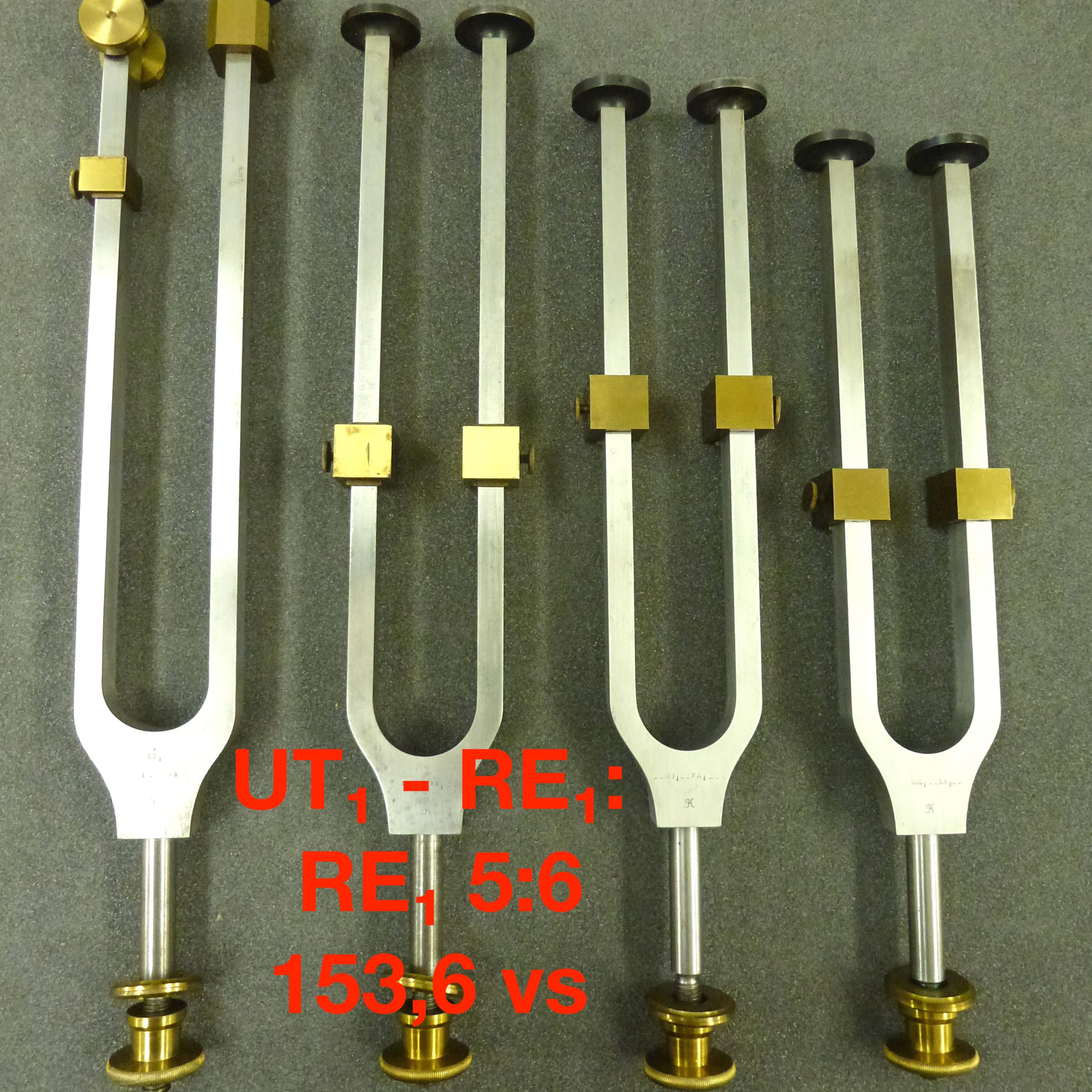
Tuning fork by Dr. R. Koenig: UT₁ – RE₁: RE₁ 5:6 Artefacts
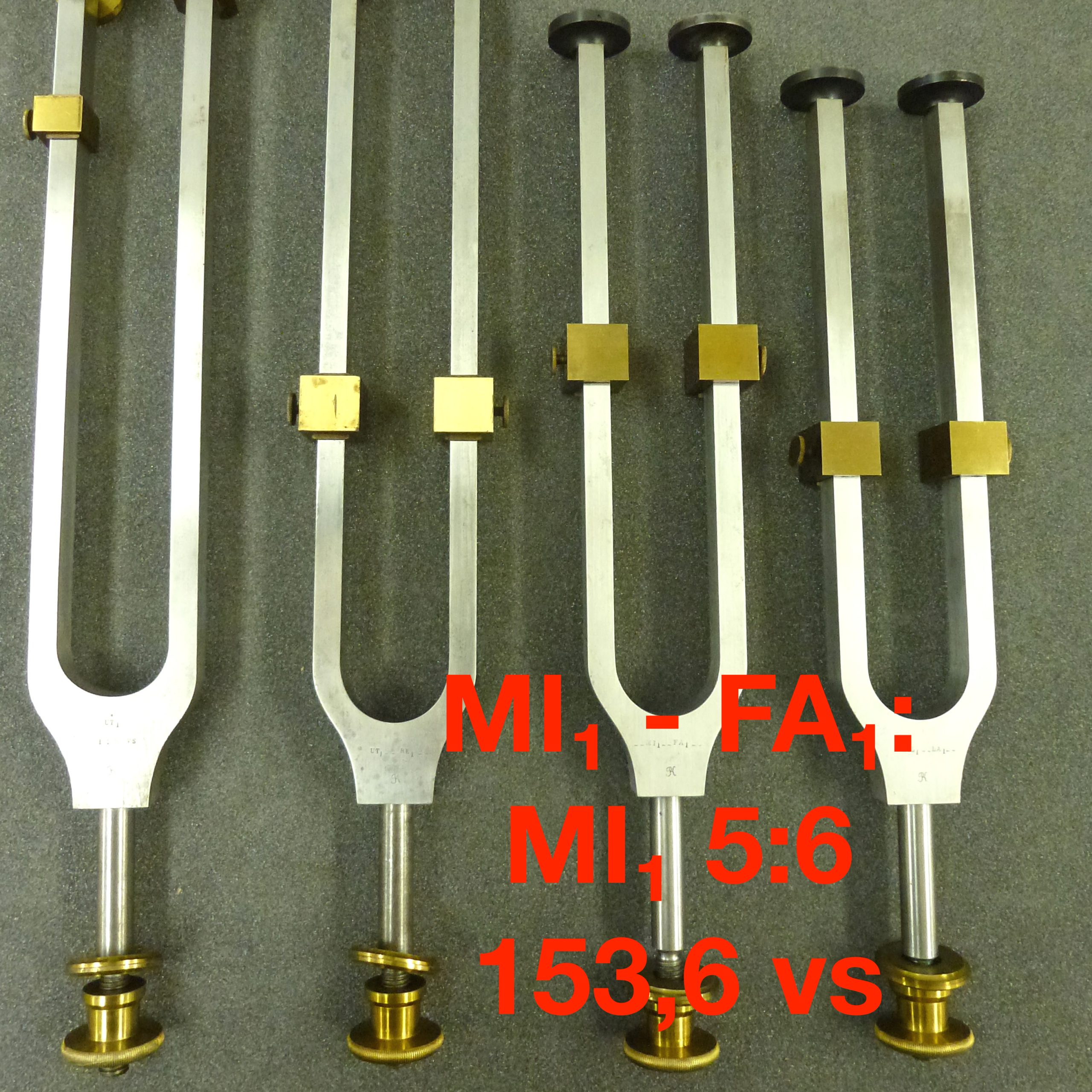
Tuning fork by Dr. R. Koenig: MI₁ – FA₁: MI₁ 5:6 Artefacts
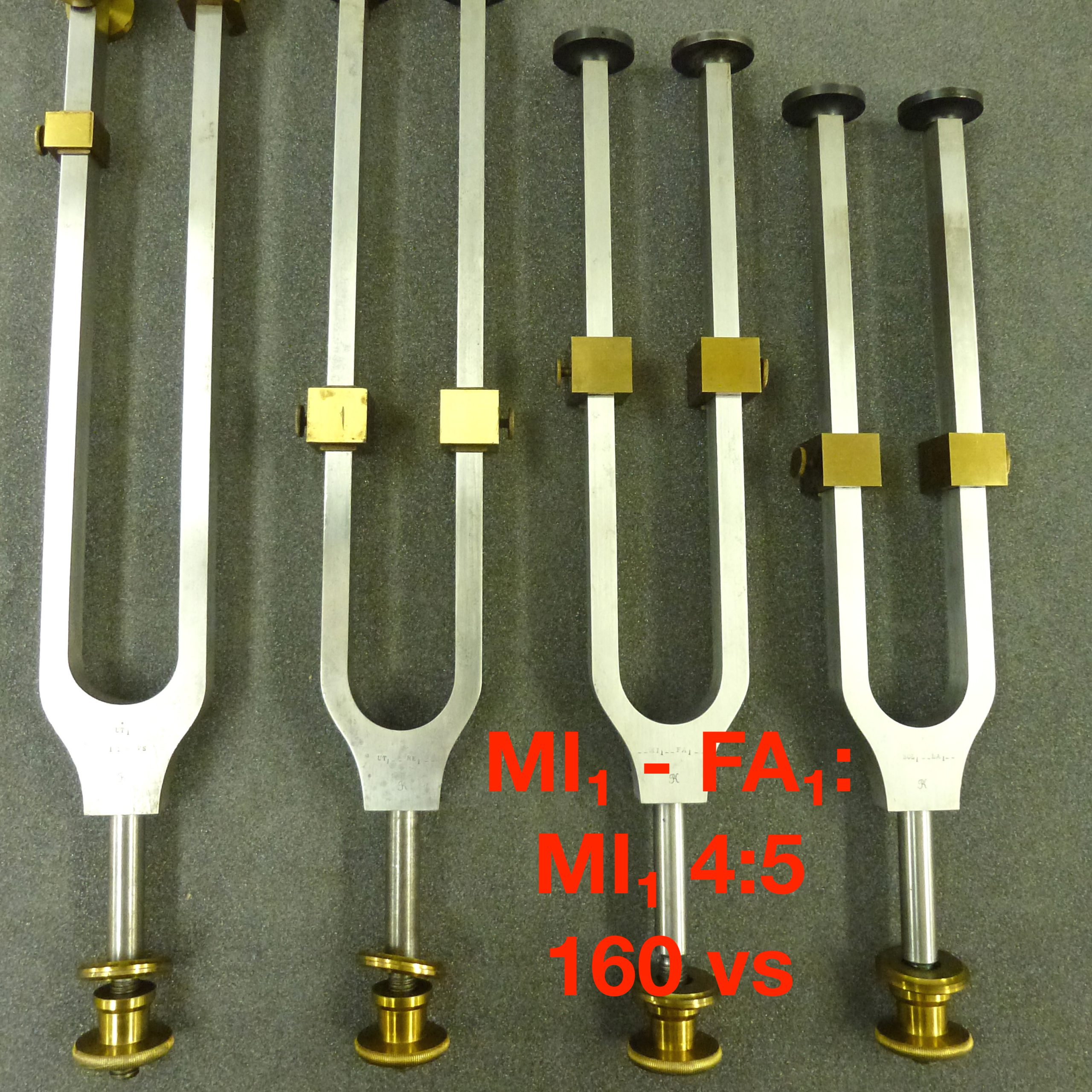
Tuning fork by Dr. R. Koenig: MI₁ – FA₁: MI₁ 4:5 Artefacts
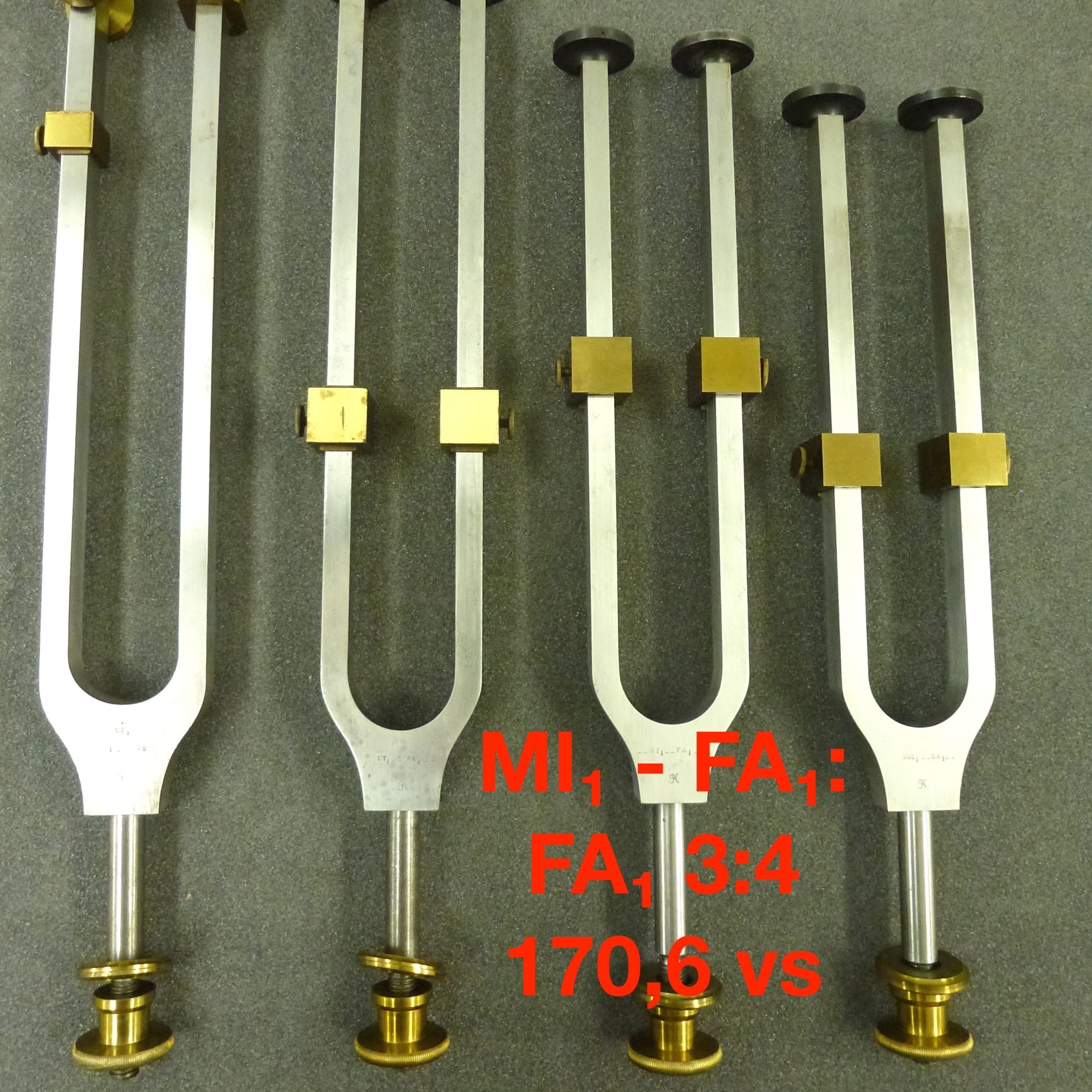
Tuning fork by Dr. R. Koenig: MI₁ – FA₁: FA₁ 3:4 Artefacts
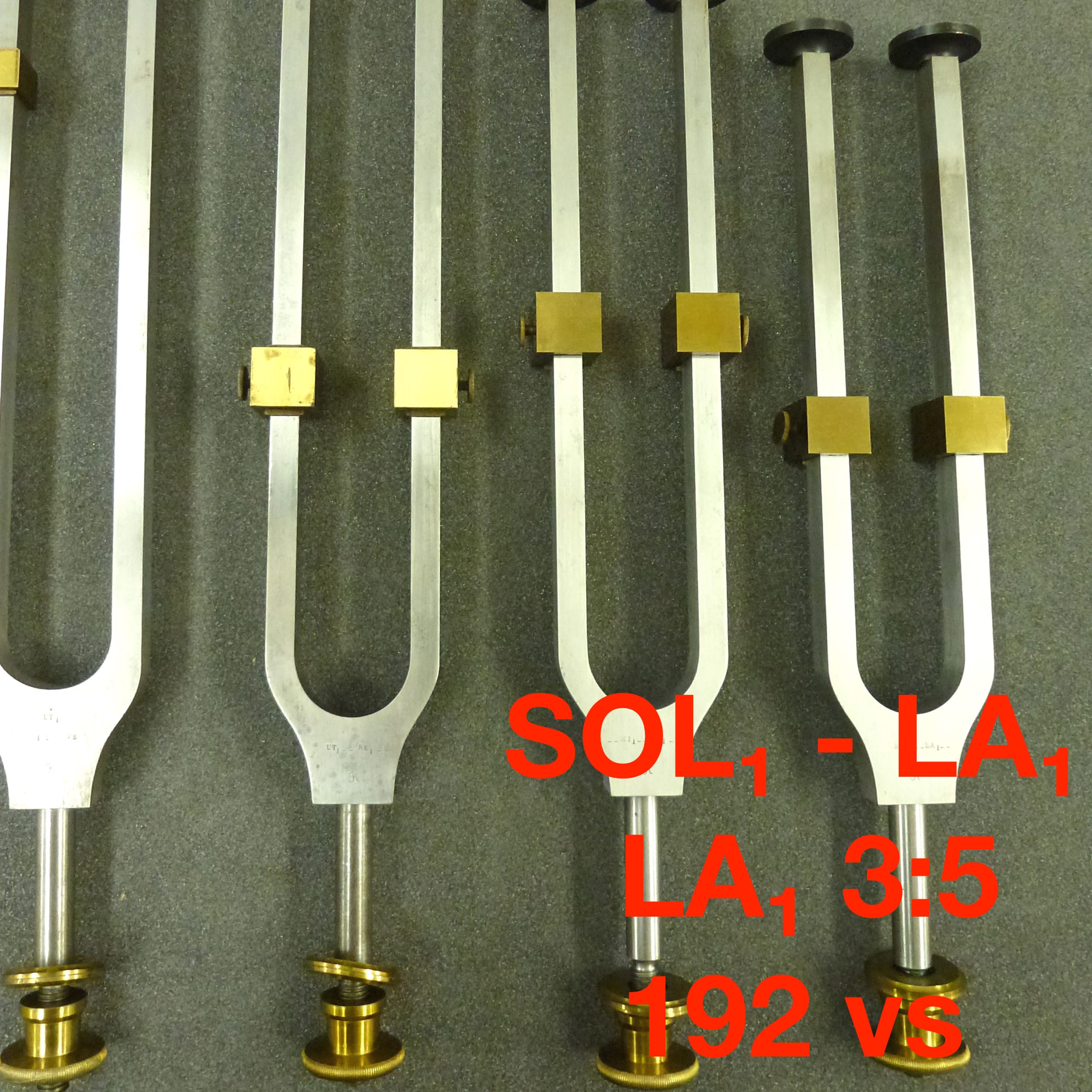
Tuning fork by Dr. R. Koenig: SOL₁ – LA₁: LA₁ 3:5 Artefacts
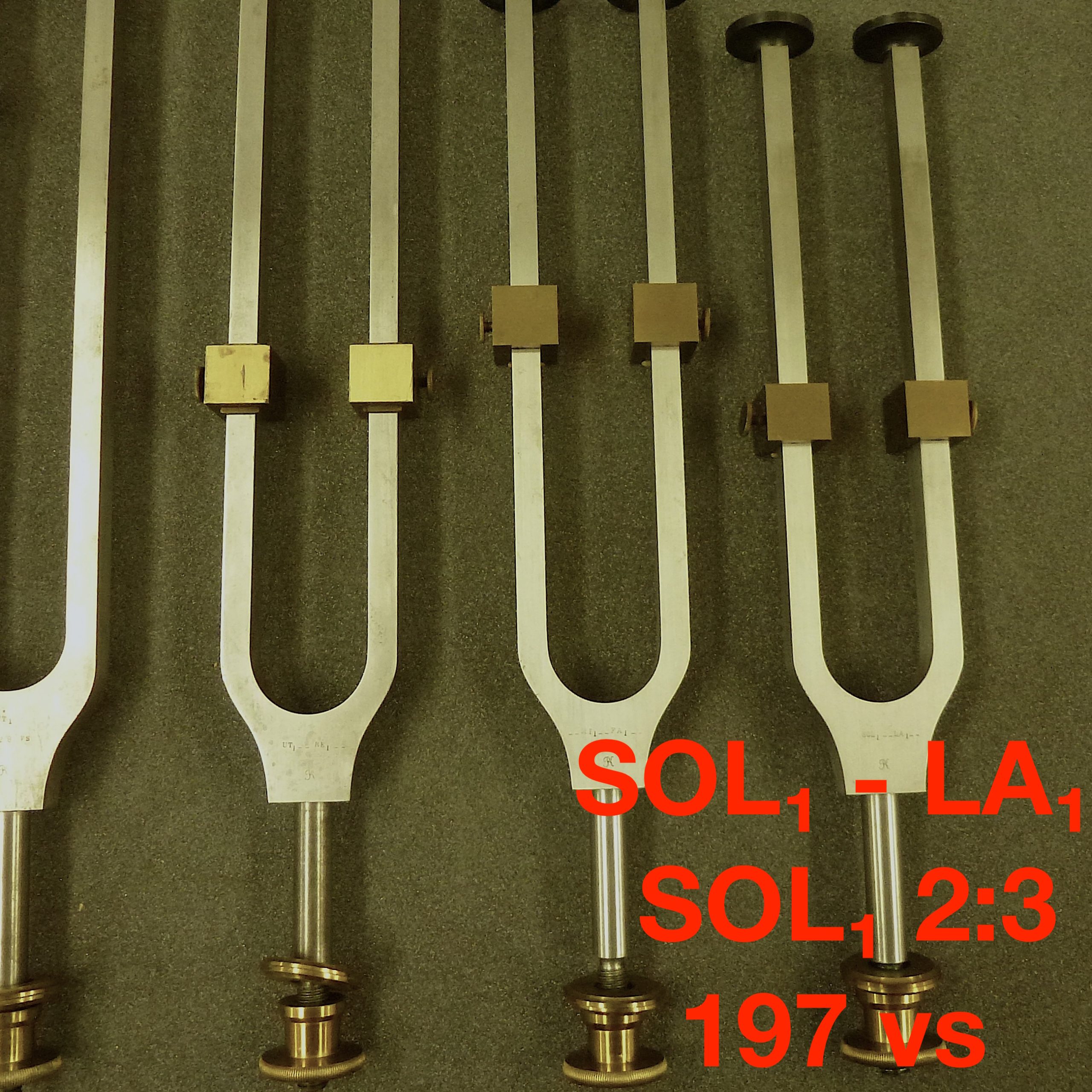
Tuning fork by Dr. R. Koenig: SOL₁ – LA₁: SOL₁ 2:3 Artefacts
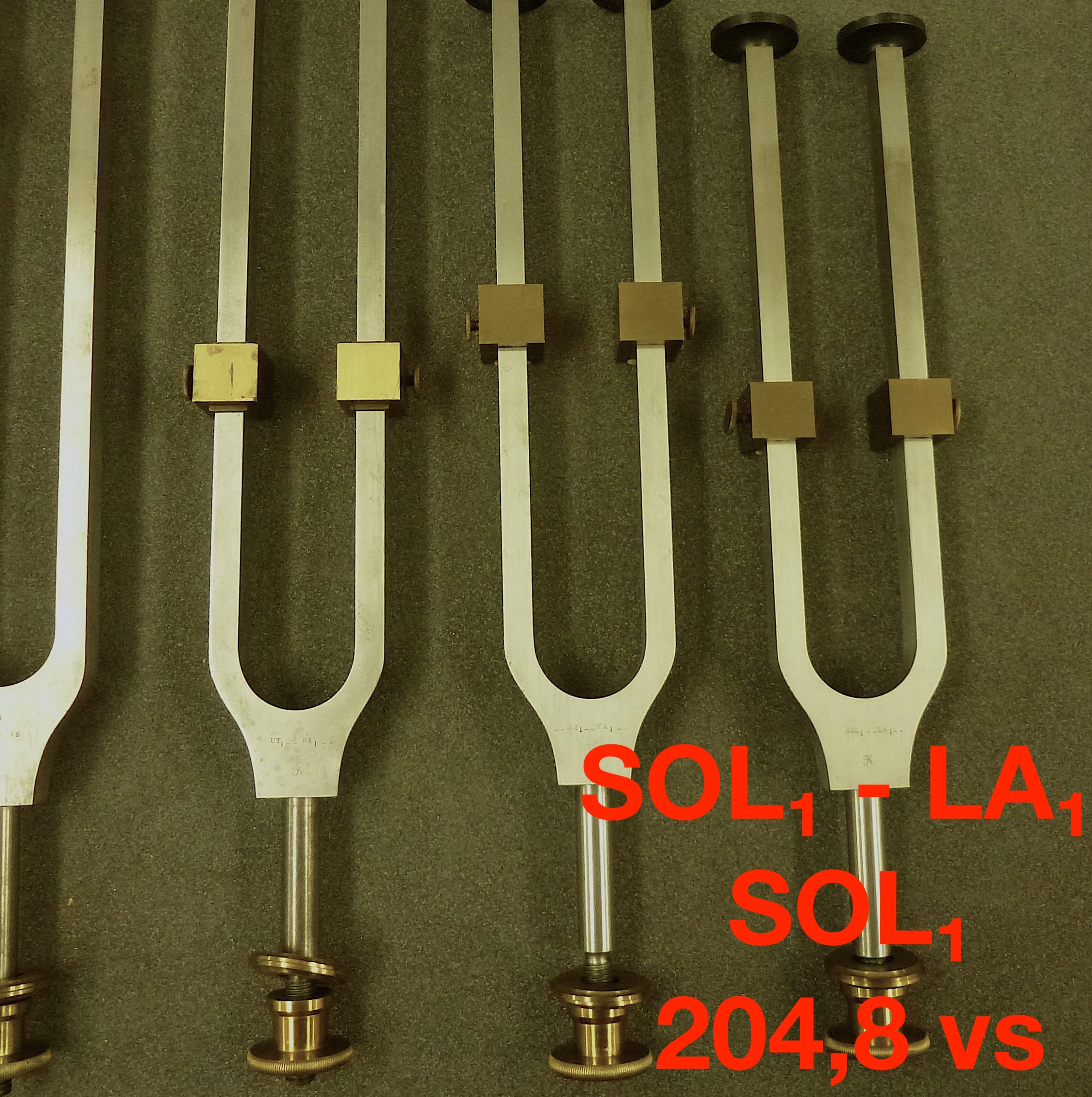
Tuning fork by Dr. R. Koenig: SOL₁ – LA₁: SOL₁ Artefacts
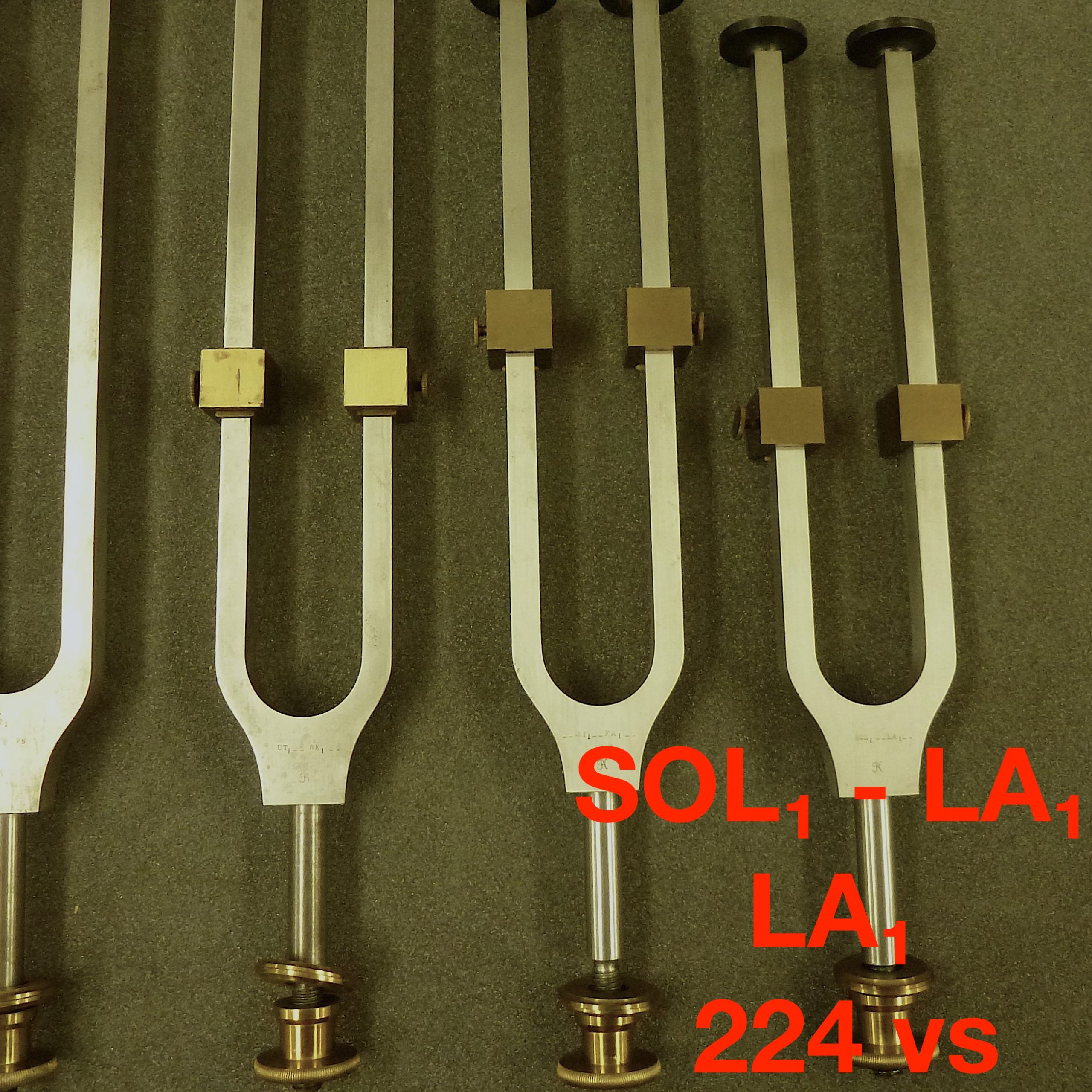
Tuning fork by Dr. R. Koenig: SOL₁ – LA₁: LA₁ 224 vs Artefacts
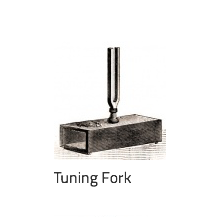
Tuning fork on resonator Artefacts
Eight tuning forks made by
Dr. Rudolph Koenig
The set of eight tuning forks was acquired by the Science Museum, London, on the closure of the Physics Department of the Royal Naval College, Greenwich. The box is marked “Standard Set of Tuning Forks.” A handwritten note in the Science Museum’s technical file T/1968-634 states that no mention of this particular box of forks can be found in the Museum’s copy of König’s 1889 catalogue (Koenig, R. Catalogue des appareils d’acoustique).
The eight forks are all furnished with small mirrors mounted on the top of each tine, which are used for the display of Lissajous figures. All but two of the forks have a mirror installed on both tines. The position of the mirrors may be considered unusual, as they are generally mounted on the sides at the open (top) end of the tines. However, these forks are designed to be clamped onto a frame at their base or stand horizontally so that the Lissajous figures can be projected onto a screen or wall.[1]
Five of the tuning forks are equipped with sliding brass weights on their tines, which are adjusted to deliver various tones by clamping them into fixed positions engraved on the sides of the tines. These show both the frequency and the ratio that produces it.
This set of tuning forks is capable of producing a very large number of frequencies and frequency combinations. The recordings of the forks equipped with sliding weights comprise only a selection of the obtainable frequencies.
[1] See: http://www.sites.hps.cam.ac.uk/whipple/explore/acoustics/lissajoustuningforks/ (accessed December 12, 2017)
https://collection.sciencemuseumgroup.org.uk/objects/co5928/set-of-eight-tuning-forks-tuning-fork
© 2015 – 2025 Humboldt-Universität zu Berlin





